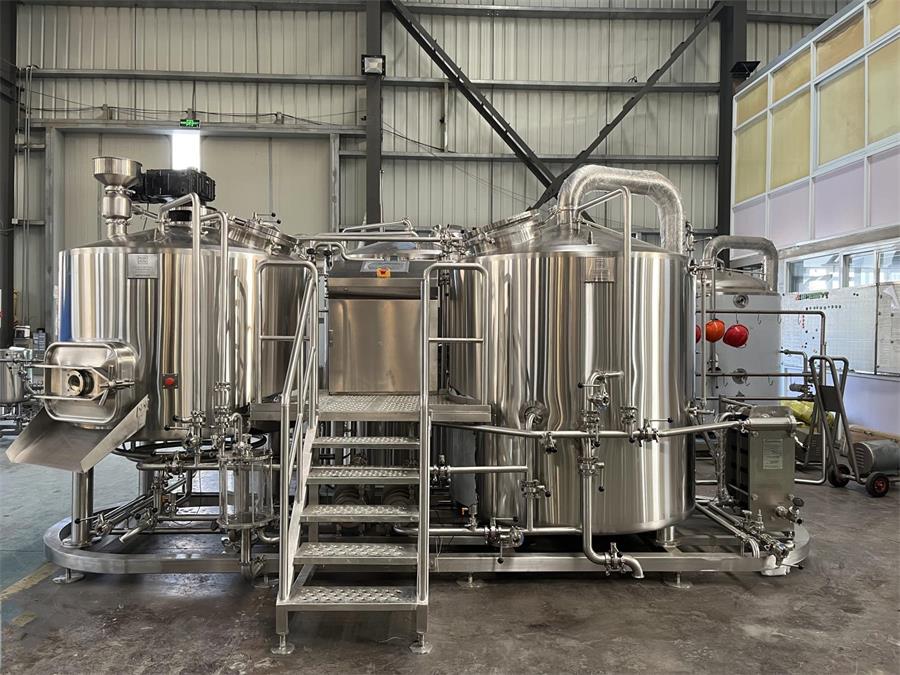How to Choose Best Beer Making Equipment
Types of Beer Making Equipment
Let’s get one thing out of the way: making beer isn’t just boiling hops and fermenting sugar. It’s chemistry, art, and a dash of obsession rolled into a foamy pint. Whether you’re an eager beginner looking to make your first batch in your kitchen or a seasoned brewer crafting lagers that taste like heaven in a bottle, the type of beer making equipment you use matters. It shapes everything from taste to clarity and consistency.
There are essentially three levels of beer brewing gear: beginner, intermediate, and advanced. Beginners often start with extract brewing kits that come with everything in one package. These kits are plug-and-play, typically including fermenters, sanitizers, hydrometers, airlocks, and pre-hopped malt extract.
Intermediate setups go a step further with partial mash systems. These involve real grain steeping, giving brewers more control over the flavor and aroma. You’ll also need additional gear like a mash tun, wort chiller, and a larger brew kettle.
Advanced setups dive into the all-grain brewing world. That’s where the magic happens. With dedicated mash tuns, lauter tuns, hot liquor tanks, and electric or gas-powered boil kettles, brewers get full control over every stage of the process. These systems can be manually operated or fully automated, perfect for home brewers who want pro-grade beer.
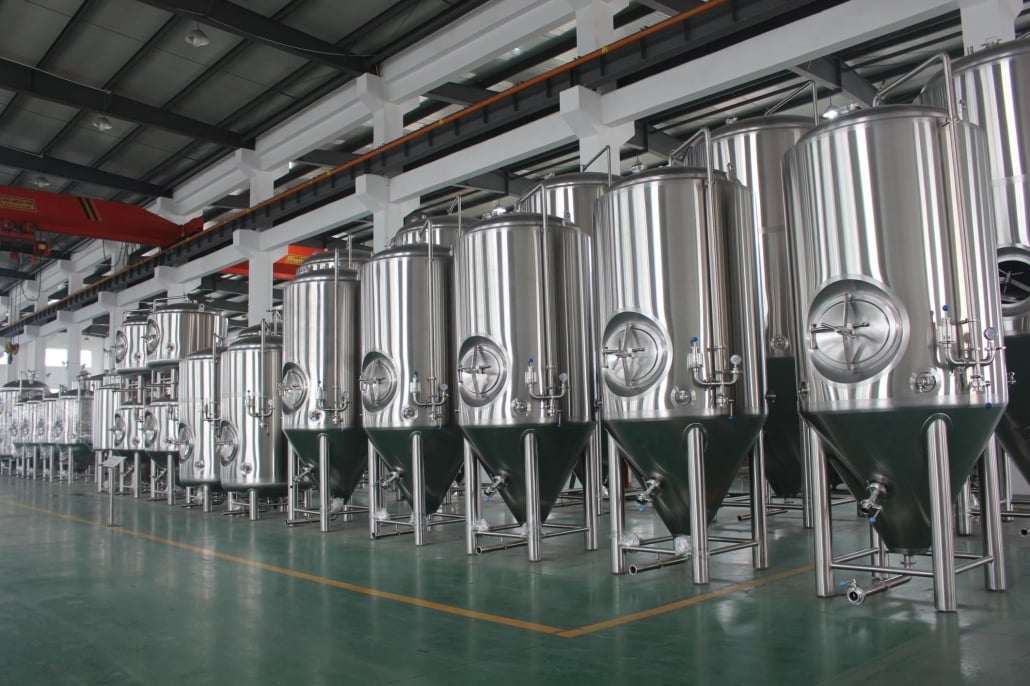
Key Beer Making Equipment Components Explained
To truly understand beer making, you need to know your tools. Here are the essential components and what each one brings to the table.
- Brew Kettle: This is where the wort (unfermented beer) is created. Sizes range from 5 to 15 gallons for home brewers. Stainless steel is better than aluminum because it’s more durable and easier to sanitize.
- Fermenter: After the wort is cooled, it’s transferred into the fermenter. This can be a plastic bucket or glass carboy. Conical fermenters, which are easier to clean and harvest yeast from, are popular with advanced brewers.
- Mash Tun: Used in all-grain brewing to steep crushed grains in hot water, converting starches to sugars. Often insulated or equipped with heating elements.
- Wort Chiller: Rapidly cools down the hot wort to yeast-pitching temperature. Immersion, plate, and counterflow chillers offer different cooling efficiencies.
- Airlock and Bung: Prevents air from entering the fermenter while allowing CO2 to escape. Crucial to avoid contamination.
- Hydrometer or Refractometer: Measures the specific gravity of the wort to estimate alcohol content.
- Sanitizer: Star San and Iodophor are widely used. Sanitation is non-negotiable.
How to Choose the Right Beer Making Equipment
Picking the right setup depends on your brewing goals, budget, and space. Are you just trying it out, or are you aiming to be the neighborhood brew master?
Beginners should look for complete extract brewing kits. They’re affordable (around $100-$150), easy to use, and teach the brewing fundamentals. Brands like Mr. Beer and Northern Brewer make reliable entry-level kits.
Intermediate brewers looking for more control should opt for partial mash kits with 8+ gallon kettles and wort chillers. This tier requires a bit more gear but delivers vastly better beer.
Advanced home brewers or small-scale commercial brewers might want a 3-vessel all-grain brewing system. These range from $500 to several thousand, depending on size, automation, and material quality. Electric brewing systems like the Grainfather G70 or Blichmann BrewEasy offer precision and ease-of-use in compact formats.
Key Considerations:
| Feature | Why It Matters |
|---|---|
| Size of Brew Kettle | Affects batch size and boil-off rate |
| Material | Stainless steel is more durable, sanitary |
| Automation | Reduces manual labor and increases precision |
| Available Space | Larger systems need more room and ventilation |
| Budget | Sets the limit on gear and features |
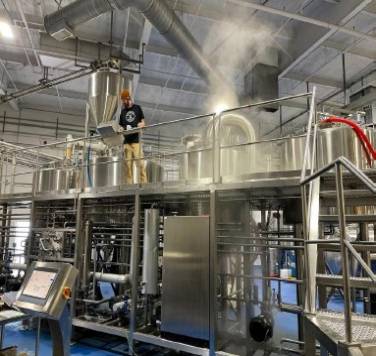
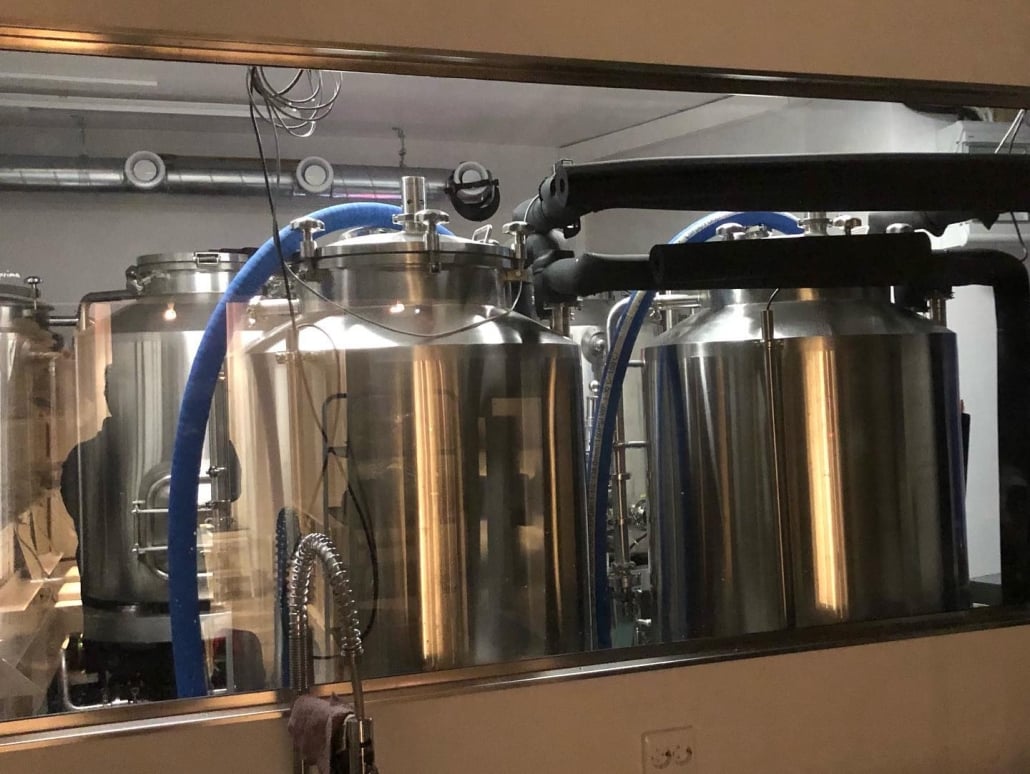
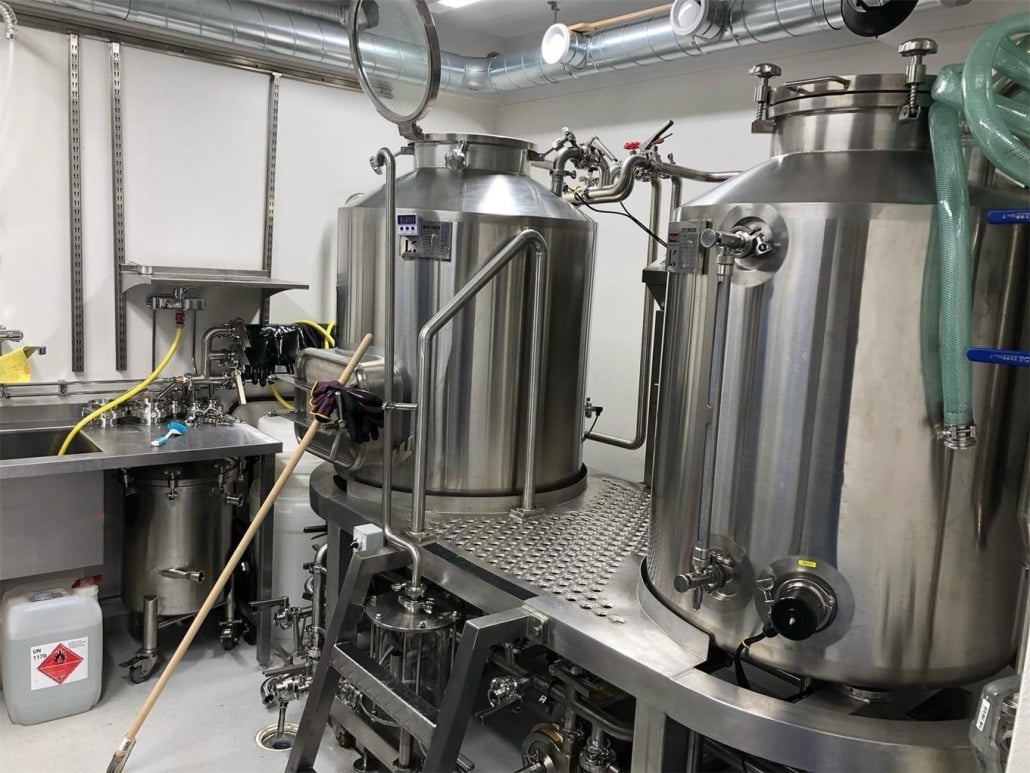
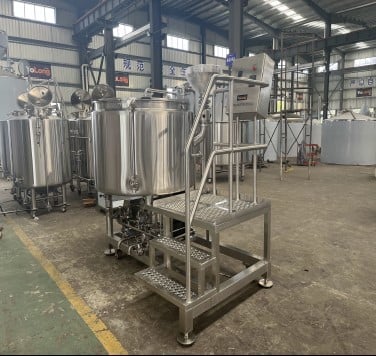

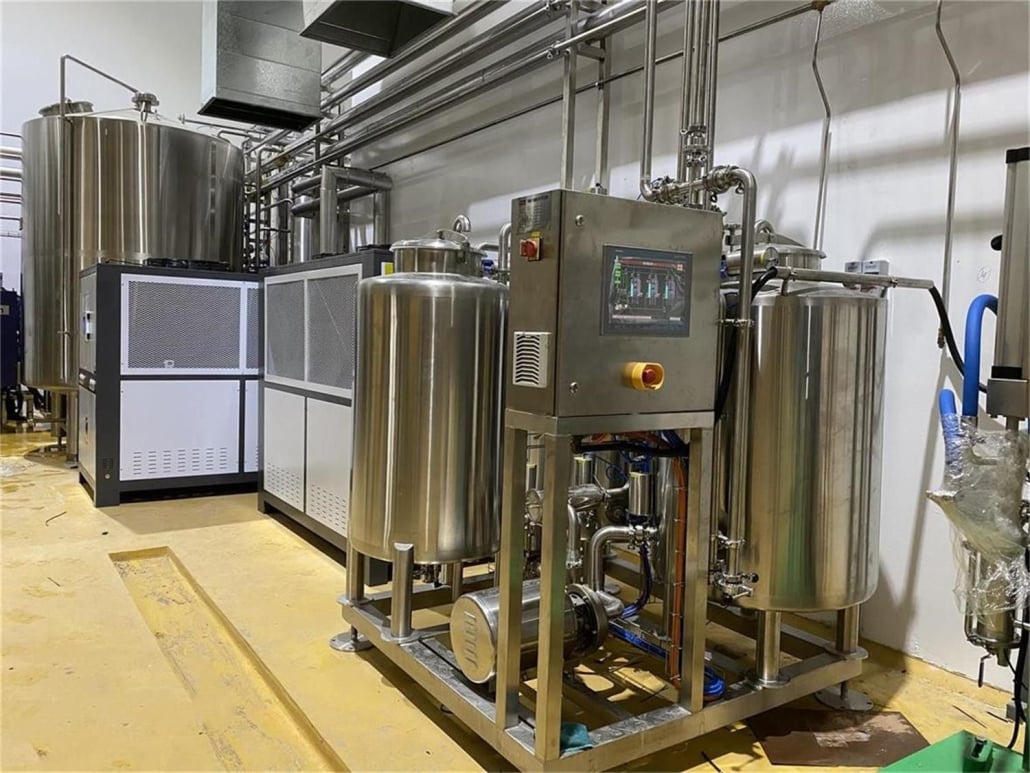
Top Brands and Products for Beer Making Equipment
When it comes to quality brewing equipment, brand reputation matters. Here’s how the top players stack up.
Grainfather: Known for its all-in-one electric brewing systems. Compact, intuitive, and perfect for home brewers seeking pro-level control. The G30 and G70 models are standouts.
Blichmann Engineering: Offers some of the most durable and innovative brewing gear. Their BrewEasy system is modular, scalable, and built like a tank.
Anvil Brewing Equipment: Great balance between cost and performance. Offers kettles, fermenters, and accessories that are ideal for serious hobbyists.
SS Brewtech: Specializes in premium stainless-steel fermenters, brite tanks, and conicals. Ideal for brewers who want that sleek, industrial look with solid engineering.
Northern Brewer: Best for complete kits and starter packs. Their customer support and online resources are also top-notch.
Price and Feature Comparison Table
| Brand | Product | Price Range | Capacity | Key Features |
|---|---|---|---|---|
| Grainfather | G30 | $999 | 7.5 gal | All-in-one, programmable, WiFi connectivity |
| Blichmann | BrewEasy | $1,800+ | Modular | Advanced control panel, pro-grade build |
| Anvil | Foundry 10.5 | $449 | 10.5 gal | Electric, simple UI, good value |
| SS Brewtech | Chronical BME | $595+ | 7 gal | Conical, tri-clamp fittings, pressure-ready |
| Northern Brewer | Starter Kit | $129 | 5 gal | Ideal for beginners, includes ingredients |
Maintenance and Cleaning Tips for Beer Making Equipment
Let’s be honest: no one dreams of scrubbing out fermenters or soaking valves in sanitizer. But if you skip this step, you might as well kiss your next batch goodbye. Cleaning and maintenance aren’t glamorous, but they’re essential.
Start by cleaning immediately after each brew day. Dried wort is a nightmare to remove. Use PBW (Powdered Brewery Wash) for kettles and mash tuns. Rinse thoroughly, then sanitize with Star San before and after use.
Fermenters need extra attention. Use soft cloths or brushes—no abrasives. For stainless steel, a vinegar rinse helps prevent passivation breakdown. Airlocks and tubing can be soaked in warm sanitizer solution. Replace rubber or silicone parts every few months, especially if they show wear.
Routine checks help too. Look for leaks, worn gaskets, or residue buildup in heating elements and chillers. And if your gear starts smelling funky? That’s your cue to deep clean.

FAQ
| Question | Answer |
|---|---|
| Can I brew beer without a fermenter? | Not really. Fermentation is where alcohol is created. A fermenter is essential. |
| Is a wort chiller necessary? | Technically no, but it’s highly recommended. Faster cooling reduces contamination risk and improves clarity. |
| How long does homebrew equipment last? | With proper care, stainless gear can last decades. Plastic components may need replacing yearly. |
| What’s the best equipment for small apartments? | Compact all-in-one electric systems like the Grainfather G30 or Anvil Foundry. |
| Are beer making kits worth it? | For beginners, absolutely. They simplify the process and come with almost everything you need. |
Share this entry
Interested in learning more about Brewing Systems including additional details and pricing information? Please use the form below to contact us!
YOLONG BREWERY EQUIPMENT FAQS
- Commercial Brewery / Craft Brewery / Microbrewery / Nanobrewery
- What is The Difference Between Craft Beer and Industrial Beer?
- The Bespoke Differences In Custom Brewing Systems
- Everything You Need to Know About Kettle Souring
- How to Choose Brewing Equipment for Your business?
- How To Choose The-Best Partner To Build Your Commercial Microbrewing System?
- Two Detection Sensors That You Need To Use In Your Brewhouse System
- Remote Control Applications in Brewing Equipment/How does it work?
- How To Clean Your Brand New Brewery Tanks?

